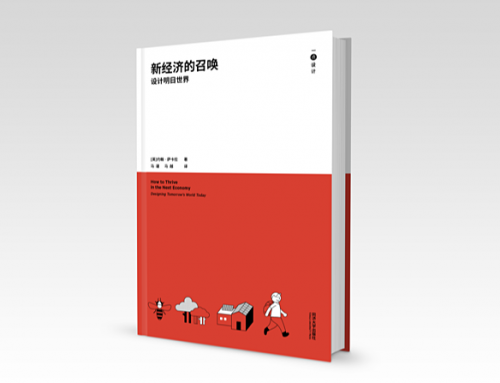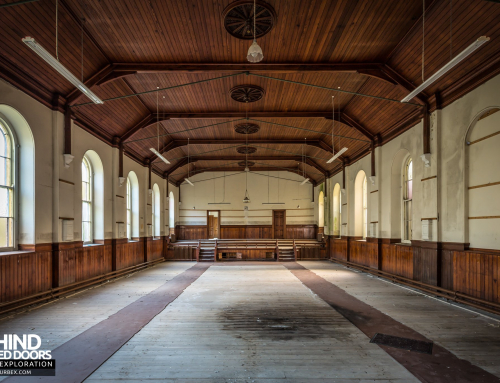This Louis Vuitton ad features shoes which cost about 600 euros (US$700) in the shops. I don’t know how much Louis Vuitton pays for them, and I don’t know how much they will be paying Tony Blair to help sell them but I’d be surprised if the unit cost to the company is what: 60 euros? half that?
The numbers may be confidential, but it’s no longer a secret that Louis Vuitton products are not hand-made by horny-handed French craftsmen. On the contrary: the labour-intensive aspects of Louis Vuitton shoe production take place in India.
But final assembly and finishing happen in Italy – so the louche young man in the ad could well be genuine.
This arrangement allows the shoes to be labelled as ‘Made in Italy’ – at the end of a process the company describes as “industrial craftsmanship”.
Other writers have written at length about the marketing and communication games played by European fashion houses. Besides, if LVMH can part too-rich fools from their money, and treat their suppliers modestly well, it’s not clear to me that a grave social or environmental crime has been committed.
Many me-too luxury brands, struggling to compete with the sophistication of the LVMH operation, source production far less ethically than Louis Vuitton does. This Chinese sweathshop/prison supplies other brands:
My point is different: why should the benefits of this kind of distributed design and production be limited to to luxury brands and powerful high street retailers here in the North?
During my visit to Sri Lanka (story below) one industry leader referred the Sri Lanka of of a few years ago as a “nation of tailors” – with the implication that that the country was less advanced then than now.
I offered a different view: that a “nation of tailors” is a positive attribute for these new times.
A nation – or at least, a factory – that is wholly dependent on one powerful buyer from the other side of the world – a buyer that (as we heard) can switch to another country at a moment’s notice – is less resilient to sudden change than is a nation/industry/factory that has a richer range of capabilities.
This conversation followed our group’s visit to a state-of-the art ‘green’ factory:
The production workers we saw in the MAS factory are not Savile Row tailors – but I am certain they are resourceful and skilled enough to produce clothes and accessories to a high quality.
The scenario we started to discuss is one in which Sri Lanka starts to produce clothes for customers using communication platforms that connect maker and designer and customer directly. (Thanks to Ian Brown for that link).
If this radically dis-intermediated relationship were to be based based on total transparency conerning costs, the expensive marketing, retail and brand communications – not to mention 40% profit margins – of the luxury brands could be removed from the equation.
Such a scenario sounds implausible in the context of the big business that’s being done right now between Sri Lankan factories and rich world corporate buyers. But it would surely be feasible for some companies and designers to experiment in a modest way – perhaps under a different flag.






